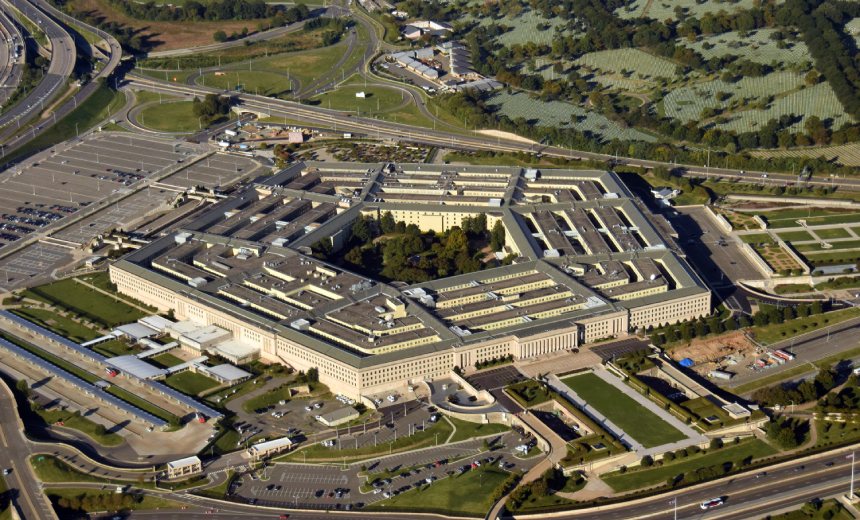Cyberwarfare / Nation-State Attacks
,
Fraud Management & Cybercrime
Research Shows Military Suffers From Disjointed Cyber Operations Amid New Threats

The U.S. military requires a seventh branch to serve as an independent cyber armed service amid growing threats in cyberspace, according to a leading national security think tank.
The Foundation for Defense of Democracies on Monday released a 40-page white paper that calls on Congress to establish a Cyber Force branch equipped with 10,000 personnel and a $16.5 billion budget. Researchers for the think tank conducted interviews with more than 75 military officers and found an “inefficient division of labor” between the Army, Navy, Air Force and Marine Corps that “prevents that generation of a cyber force ready to carry out its mission,” the white paper says.
The report argues that the U.S. military suffers from a disjointed force generation system of cyber operations, with inconsistent policies across branches, recruitment challenges and low retention rates in cyber positions, and insufficient opportunities for advanced training.
“America’s cyber force generation system is clearly broken,” the report says. “Fixing it demands nothing less than the establishment of an independent cyber service.”
The white paper details how, despite the Department of Defense standing up Cyber Command in 2010, the military has not formed a cyber-specific training academy. Cyber staff are also often overlooked for leadership and advancement opportunities and their commanders often lack critical cyber expertise.
The paper’s co-authors, during a virtual event Monday hosted by the FDD, urged lawmakers to approve a study on the establishment of a cyber force =. Congress could include a measure as part of the Pentagon’s annual funding bill, they said, although Defense budget officials didn’t request it (see: US Federal Budget Proposes $27.5B for Cybersecurity).
“China has already centralized its cyber, space, electronic warfare, and psychological warfare capabilities within its Strategic Support Force,” the report says. “Russia is actively leveraging cyber operations both on the battlefield and to threaten U.S. critical infrastructure and interfere in American politics.”
The report also explores how inconsistent and poorly designed length-of-service requirements, a lack of clear career field designations and inadequate training have led to low morale among the military’s cyber operators.
“Having a small and agile, but highly technically skilled and proficient force is really the goal,” Erica Lonergan, assistant professor at Columbia University and a co-author of the report, said Monday. The other report co-author is Mark Montgomery, a retired Navy rear admiral and senior director of the Center on Cyber and Technology Innovation.
The proposed branch would initially be set up within the Department of the Army and begin with just over 6,000 personnel. Other military cyber divisions would work to reduce redundancies and duplication. The other branches would still be responsible for organizing and training their own personnel on defensive cyber operations and for securing their components of the Defense Department’s information network and IT infrastructure.
“It wouldn’t be a wholesale gutting of existing cybersecurity responsibilities from across the services,” Lonergan said.
The Defense Department and CYBERCOM did not immediately respond to requests for comment.
